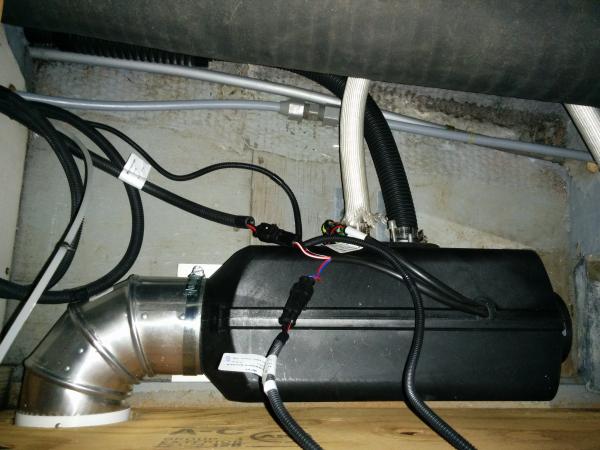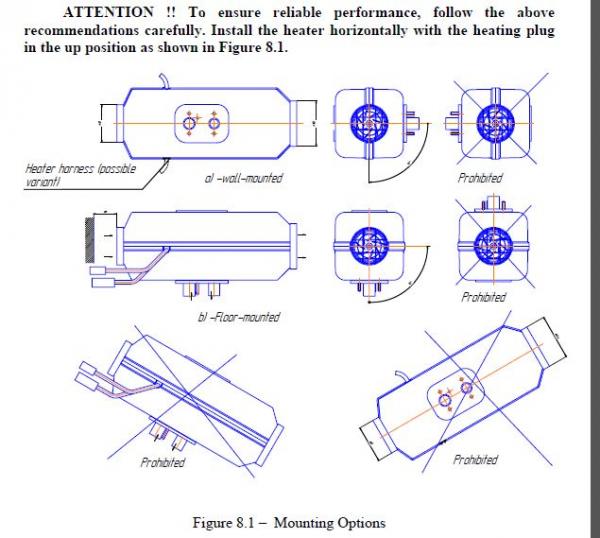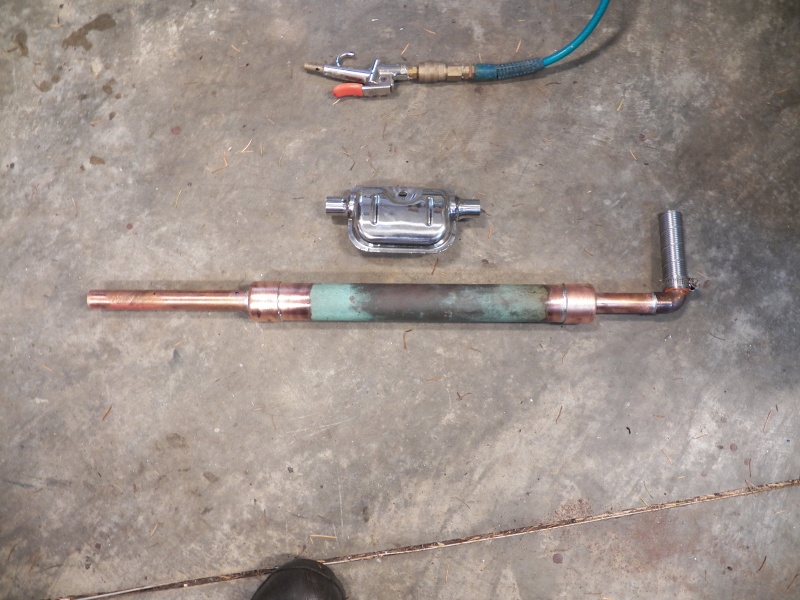The new forced air diesel heater works great! But...
First time running it, the exhaust pipe got up to a certain temperature then began smoking. I had a fiberglass sleeve on the pipe, which I'd ordered along with the pipe. Could this have been the source of the smoke?
I shut it down, and ordered some proper heat shield exhaust pipe insulation.
But meanwhile I'm wondering, Is this normal? Should I just wait until whatever it was burns off, or should I strip off the fiberglass sleeve and start over with the quality insulation?
Word to anyone installing one of these: those exhaust pipes get HOT!
First time running it, the exhaust pipe got up to a certain temperature then began smoking. I had a fiberglass sleeve on the pipe, which I'd ordered along with the pipe. Could this have been the source of the smoke?
I shut it down, and ordered some proper heat shield exhaust pipe insulation.
But meanwhile I'm wondering, Is this normal? Should I just wait until whatever it was burns off, or should I strip off the fiberglass sleeve and start over with the quality insulation?
Word to anyone installing one of these: those exhaust pipes get HOT!




